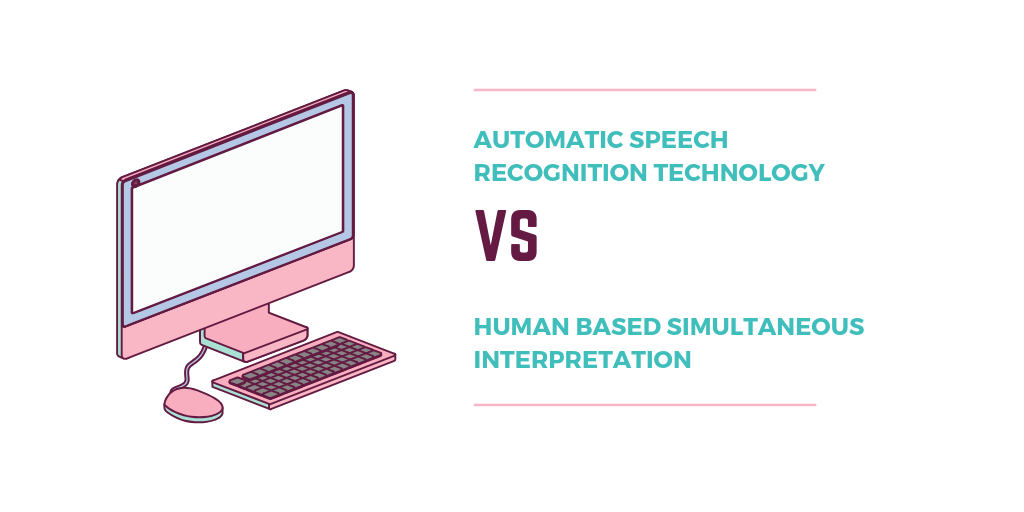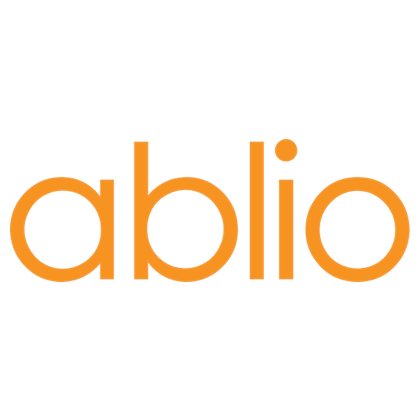Are Computers Going To Replace Human Simultaneous Interpreters?

Over the few past years, the globalization of business increased the demand for real-time interpreting services, as it has increased the opportunities for international trade. In order to be competitive, developers have been working on technological solutions to meet the requirements for high-quality simultaneous interpretations. But can this new technological solutions really replace humans interpreting?
Automatic speech recognition technology is steadily advancing, and the performance of dictation software nowadays is impressive. Automatic translation has also made spectacular progress. Combining these technologies will potentially enable the provision of quasi-simultaneous translation of speech, but the quality of its output will remain far below that of human simultaneous interpreting because of errors in speech recognition, semantic interpretation and voice synthesis. Such options may develop for specialized purposes and settings, but are less likely to be popular at events where natural style of communication is important.
No matter how advanced technological development becomes, human simultaneous interpreters will always be needed certain market segments, in particular in political speeches, business conferences, debates, and in the media. The devices that have been used in providing simultaneous interpretation have traditionally been based upon radio infrared or bidule technologies and have remained pretty much unchanged over recent decades, except for miniaturization and the evolution from analog to digital sound.
The Internet-based solutions - which leverage the widespread diffusion of smartphone devices and enhanced telecommunications facilities and services - have been introduced into the market more recently. They are still not widely known, and have so far only been adopted by a small fraction of the market. Nevertheless, since they remove the need for dedicated equipment and on-site interpreters, and provide substantial reductions in rental and labour costs, they offer significant advantages when compared with traditional legacy systems: it's therefore to be expected that they will gradually become the preferred tools for the existing market – as well as opening the door to new customer segments that have so far been excluded because of the high costs involved.
Find out more at www.ablioconference.com
Using state-of-the-art IT & telecommunication technologies, ablio makes language interpretation services easily available to everyone, in any context, by creating tools and service platforms that are supported by its own community of live interpreters.
For further information please visit our websites:
● ablio.eu – General Website
● ablio.com – OPI Platform
● ablioconference.com – Simultaneous Interpreting Platform

